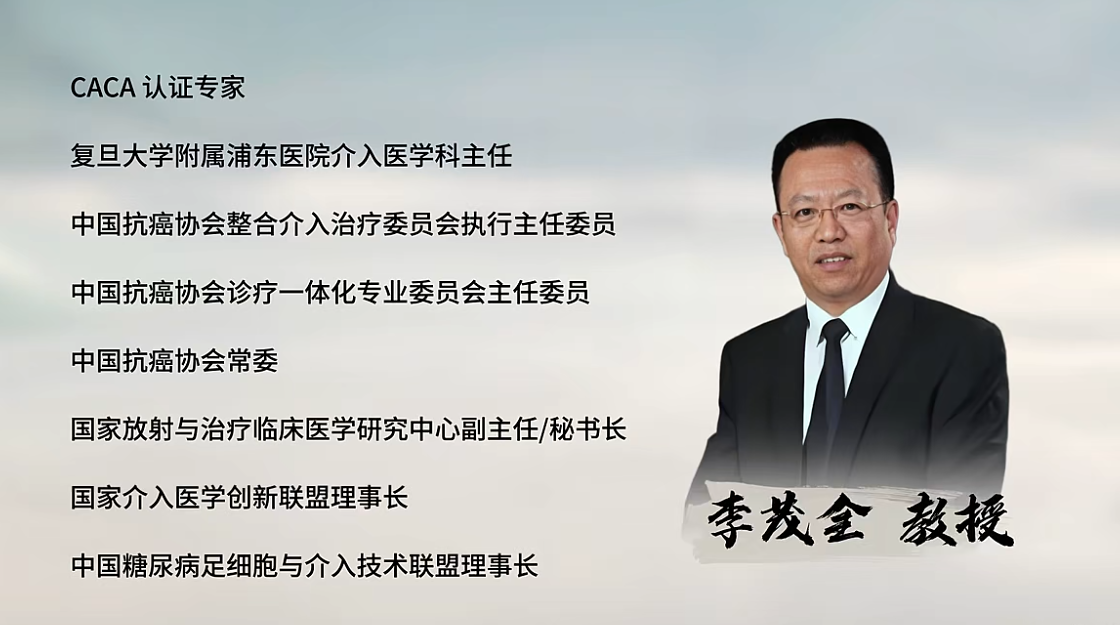MCB:新发现或可减少化疗药物的使用剂量
| 导读 | 刊登在国际杂志Molecular and Cellular Biology上的一篇研究报告中,来自博里汉姆扬大学的科学家通过研究发现了一种成对蛋白,其可以开启细胞的自噬过程。 |
无论针对何种肿瘤进行化疗,癌症细胞都会采取不同的生存策略来逃避疗法对其的伤害,近日,刊登在国际杂志Molecular and Cellular Biology上的一篇研究报告中,来自博里汉姆扬大学的科学家通过研究发现了一种成对蛋白,其可以开启细胞的自噬过程。
研究者Josh Andersen教授表示,本文研究为我们开发靶向作用肿瘤的新疗法提供了帮助,该方法或许可以使得肿瘤细胞对于化疗更加敏感,我们可以对发现的蛋白质进行靶向作用,新发现的成对蛋白的作用机制是阻断自噬作用,从而可以降低患者化疗药物的剂量并且改善患者的预后结果。
低剂量的化疗药物意味着副作用会明显减少,目前许多实验室都以蛋白质ATG9作用研究对象来进行检测,与此同时他们还在寻找更多具有类似作用的药物蛋白。文章中,研究者通过研究想知道为何癌细胞会制造很多名为14-3-3 zeta的剩余蛋白质,在实验室利用乳腺癌组织进行研究,研究者通过剥夺癌细胞的氧气和葡萄糖供应来使得癌细胞进入自噬阶段。
在同对照组进行对照分析后,研究人员发现,当攻击这两个成对蛋白时其才会进行连接,这是因为压力促使ATG9蛋白进行修饰从而促进14-3-3 zeta蛋白与其结合,进而开启癌细胞的生存模式。
研究者Andersen指出,目前许多药物都可以阻断细胞的自噬发挥化疗的特性,其中一种就是抗疟疾药物氯喹,而本实验发现氯喹以及其它的抑制剂并不能更加有效安全地进行试验,但本文的研究为后期开发特殊抑制癌细胞生存的新型特殊药物提供了一定的研究线索和希望。(转化医学网360zhyx.com)
本文系转化医学网原创翻译整理,欢迎转载!转载请注明来源并附原文链接。谢谢!
转化医学网推荐的原文摘要:
Metabolic stress-induced rearrangement of the 14-3-3ζ interactome promotes autophagy via a ULK1- and AMPK-regulated 14-3-3ζ interaction with phosphorylated Atg9A.
Molecular and Cellular Biology doi: 10.1128/MCB.00740-14
Vajira K. Weerasekara1, David J. Panek1, David G. Broadbent1, Jeffrey B. Mortenson1, Andrew D. Mathis1, Gideon N. Logan1, John T. Prince1, David M. Thomson2, J. Will Thompson3 and Joshua L. Andersen1#
14-3-3ζ promotes cell survival via dynamic interactions with a vast network of binding partners, many of which are involved in stress regulation. We show here that hypoxia (low glucose and oxygen—referred to herein as hypoxia) triggers a rearrangement of the 14-3-3ζ interactome to favor an interaction with the core autophagy regulator Atg9A. Our data suggest that the localization of mammalian Atg9A to autophagosomes requires a phosphorylation on the C-terminus of Atg9A at S761, which creates a 14-3-3ζ docking site. Under basal conditions, this phosphorylation is maintained at a low level and dependent on both ULK1 and AMPK. However, upon induction of hypoxic stress, activated AMPK bypasses the requirement for ULK1 and mediates S761 phosphorylation directly, resulting in an increase in 14-3-3ζ interaction, recruitment of Atg9A to LC3-positive autophagosomes, and enhanced autophagosome production. These data suggest a novel mechanism whereby the level of autophagy induction can be modulated by AMPK/ULK1-mediated phosphorylation of mammalian Atg9A.
 腾讯登录
腾讯登录
还没有人评论,赶快抢个沙发